- A tutorial that shows a practical walkthrough on how to implement a path tracer in shadertoy
- focuses on the generation of renderings instead of physical correctness

- the articles present how the VRS (Variable Rate Shading) implementation was approached
- offers performance and quality considerations
- shows how the shading rate was adjusted dynamically

- This Unity tutorial explains how to implement a Civilization VI style fog of war system
- shows how to render the hex grid, use a compute shader to generate visibility masks and combine all parts for the final result

- the articles describe the design of the new geometry (import) pipeline of the Magnum engine
- the new design focuses on the reduction of load time and extra flexibility to handle any GPU understood format

- A global illumination system developed by Activision
- the system is based on a static light baking approach with runtime support for dynamically changing lights and geometry
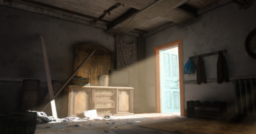
- the articles presents different approaches on how to implement a ring progression effect
- compares rendering quality, anti-aliasing, performance, and setup work for each method
- proves Unity source code for all presented solutions

- authors notes on the Survey of Temporal Antialiasing Techniques talk from the Eurographics 2020 virtual conference
- discussing TAA, how it works, how different implementations compare, weaknesses and possible future improvements

- the next part in a Unity tutorial series on the scriptable render pipeline
- this part adds support for point lights, Spot Lights, static light baking and per-object lights
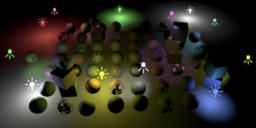
- the article explains how the GPU based picking system in “Our Machinery” has been implemented
- presented solution writes a small UAV from the pixel shader to record the closes picked object
- shows how to make sure that the closes object is atomically returned
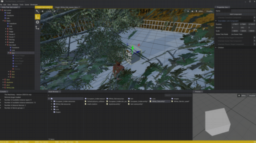
- the article shows how the portal rendering effect in The Witcher 3 has been implemented
- shows the Reverse engineered HLSL shader implementation
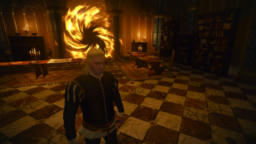
- a GI algorithm based around tracing Virtual point lights (VPLs), converting clusters of VPLs into probability distributions and storing these into hierarchical trees
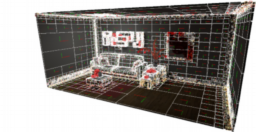
Thanks to Dominik Lazarek for support of this series.
Would you like to see your name here too? Become a Patreon of this series.

